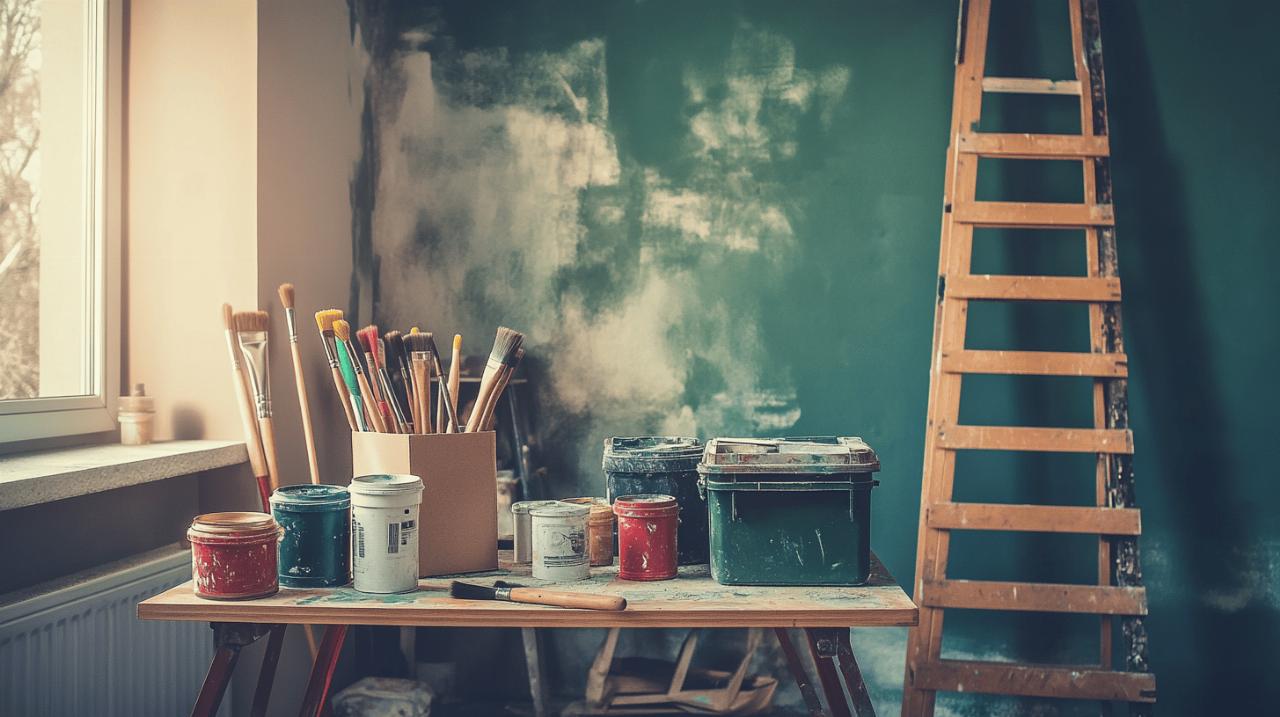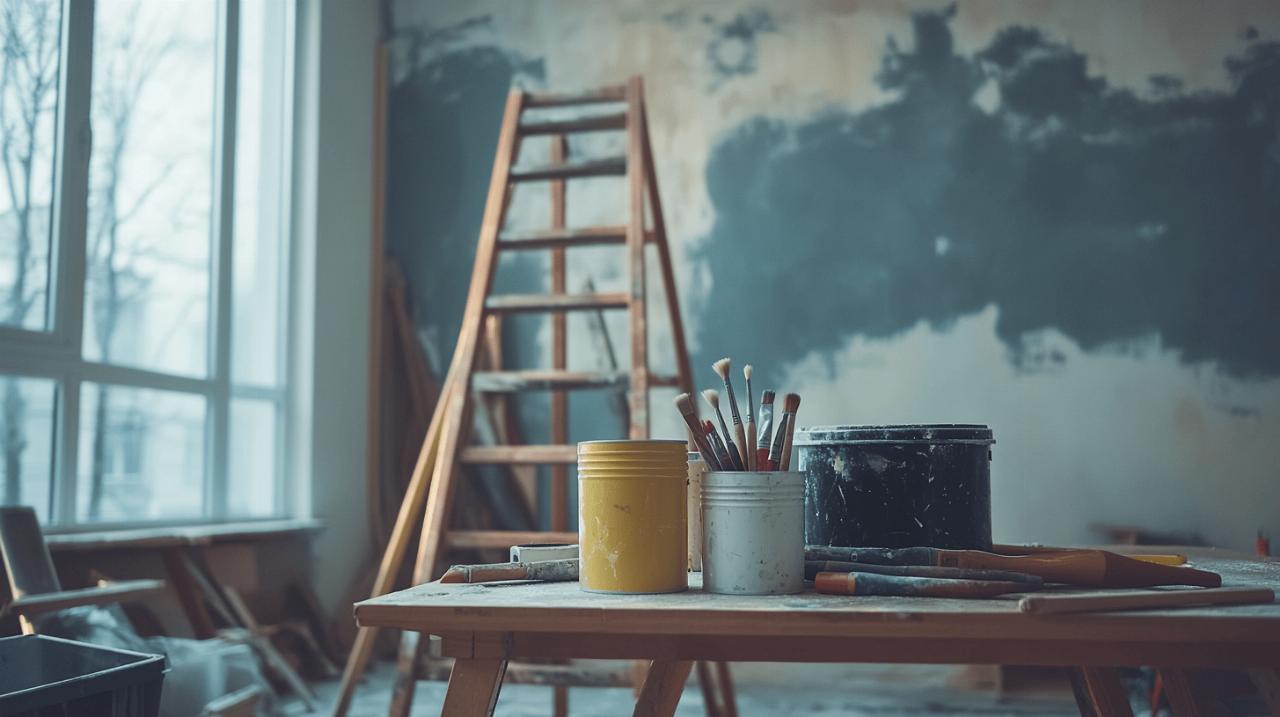Embarking on a home improvement journey can be both exciting and daunting. Whether you're looking to enhance your living space, increase property value, or simply refresh your surroundings, DIY projects offer a cost-effective way to transform your home. This guide provides practical advice for homeowners eager to roll up their sleeves and make meaningful changes without breaking the bank.
Preparation and planning essentials
Before diving into any DIY project, thorough preparation and planning are crucial for success. Many renovation enthusiasts like Kamerolli have discovered that the difference between a smooth project and a stressful one often comes down to initial groundwork. Taking time to organize your thoughts, materials, and timeline can save significant headaches later on.
Creating a realistic budget for your project
A well-planned budget forms the foundation of any successful home improvement venture. Start by researching the costs of materials and tools needed for your specific project. Factor in a contingency fund of approximately 10-15% for unexpected expenses that inevitably arise. Consider that many impressive transformations can be accomplished for under £100, making budget home improvements accessible to most households. For instance, repainting kitchen cabinets, upgrading cabinet hardware, or installing under-cabinet LED light strips can dramatically change your kitchen's appearance without significant financial investment.
When calculating your budget, think about long-term value as well. While some projects might seem costly upfront, they could lead to savings over time. Smart thermostats, for example, typically cost around £100 with available rebates but can reduce energy bills substantially. Similarly, eco-friendly designs incorporated into your projects not only benefit the environment but can significantly lower household expenses.
Gathering the right tools before you start
Having appropriate tools at your disposal prevents frustrating interruptions and improves the quality of your work. Before beginning any project, create a comprehensive list of required tools and materials. Basic toolkits should include hammers, screwdrivers, measuring tape, spirit levels, and appropriate safety equipment like gloves and protective eyewear. For specific projects, you might need specialized tools that could be borrowed or rented rather than purchased outright.
Organization plays a crucial role in tool management. Consider investing in proper storage solutions to keep your workspace tidy and tools accessible. This simple step can dramatically improve your DIY experience and project outcomes. Remember that quality tools generally last longer and perform better, making them worth the investment if you plan to undertake multiple home improvement projects.
Beginner-friendly diy projects
 Starting with manageable projects builds confidence and develops skills for more complex endeavors. Many homeowners find that small changes can have surprisingly significant impacts on their living spaces. These beginner-friendly projects require minimal specialized skills while offering substantial visual and functional improvements.
Starting with manageable projects builds confidence and develops skills for more complex endeavors. Many homeowners find that small changes can have surprisingly significant impacts on their living spaces. These beginner-friendly projects require minimal specialized skills while offering substantial visual and functional improvements.
Simple wall painting techniques for dramatic changes
A fresh coat of paint remains one of the most transformative and accessible DIY projects. Beyond basic wall painting, consider creating accent walls with bold colors or experimenting with techniques like color blocking for visual interest. When selecting paint, opt for quality products that provide better coverage and longevity, ultimately saving time and money on reapplication.
Preparation makes all the difference in painting projects. Properly clean walls, fill nail holes, and apply painter's tape for clean edges. Consider using paint samples on small wall sections before committing to ensure the color works well in your specific lighting conditions. For added dimension, explore textured painting techniques or create focal points with murals or wallpaper sections that complement your existing décor.
Quick furniture upcycling ideas
Breathing new life into existing furniture pieces offers both environmental and budgetary benefits. Chalk painting old furniture provides an easy entry point into upcycling, as it typically requires minimal preparation and creates a charming, distressed look. Consider replacing drawer pulls and handles on dressers or cabinets for an instant refresh that costs very little but changes the entire aesthetic.
Wood furniture can be transformed through sanding and restaining or painting in contemporary colors. Upholstered pieces might benefit from new fabric or slipcovers that align with your current design scheme. Even simple modifications like adding decorative trim, decoupage, or stenciled designs can personalize pieces and make them feel custom-made. The satisfaction of reimagining existing items rather than replacing them adds a special dimension to these projects beyond mere cost savings.

